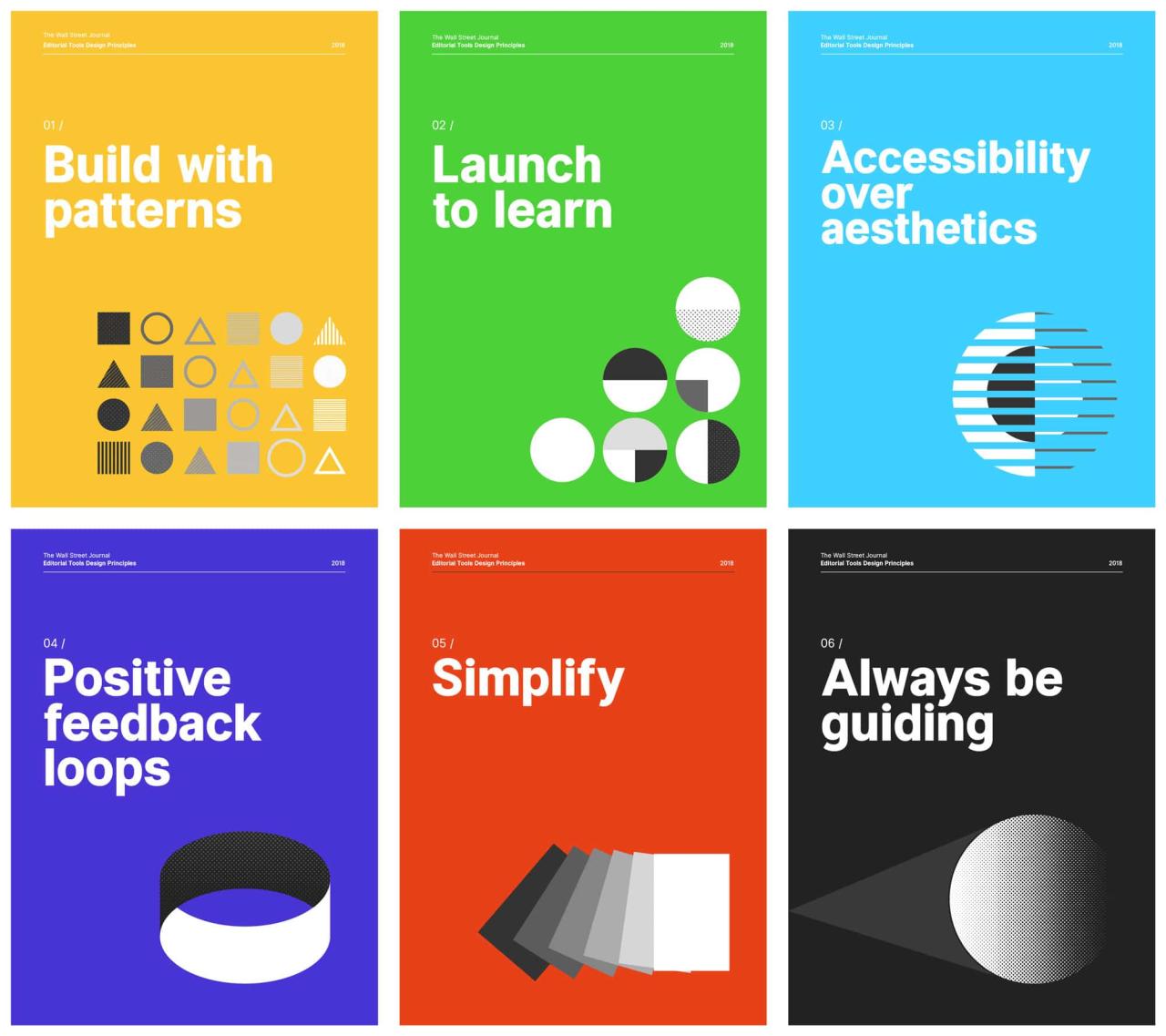
At it's heart, graphic design is about effectively communicating ideas. This is what separates design from visual art; art is about creativity and invoking emotion while graphic design is about getting your (or your clients) message across clearly and beautifully. Whether it be to educate, to direct or even to persuade; designing will always have a concrete purpose while art may or may not.
The main elements of design are things like color, shape and texture while the principles of design deal with concepts such as hierarchy, contrast and emphasis. Many people will think assume that learning the software such as Adobe's Creative Suite is what it takes to be a designer, but the most up-to-date software won't help you create an effective design without a solid grasp of design theory and fundamentals. Think of it like a carpenter: he can have all the tools and materials in the world at his disposal, but if he doesn't understand the foundations of his crafts he is not going to be able to build a sturdy, dependable structure.
On the other hand, if the carpenter does learn the basics of craftsmanship, materials, fasteners etc. he will be able to apply those core concepts to all sorts of carpentry projects. In the same way, the tenets of design can be applied to any kind of project. If you can effectively lay out a magazine, you can use the same ideas for a billboard or even a website for example. This is why learning the cornerstones of design is so much more important than learning specific tools or software.
Many beginners are advised to follow online tutorials to learn the trade. While tutorials do have there place, they generally do not teach actual design fundamentals. Instead of spending their time following step-by-step tutorials, design students should focus on learning the foundations of graphic design. Other than enrolling in design courses, the best way to learn the principles of graphic design is to read books on the subject. One title that I suggest is Design Basics Index by Jim Krause.
In his book, Krause goes through the exercise of presenting projects and explaining why they work (or don't work) based on sound principles. He also provides exercises to help you apply the knowledge he is presenting. When searching for other titles to check out, look for books that cover things like hierarchy, typography and balance rather than discussing specific tools or software such as Photoshop or Illustrator. The goal is to establish a foundation of knowledge that you will be able to apply to any kind of project that comes your way. Software and other tools are always changing, but these core concepts will always be absolutely crucial to producing good work.
